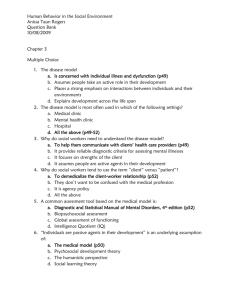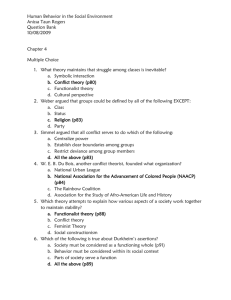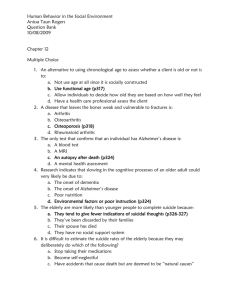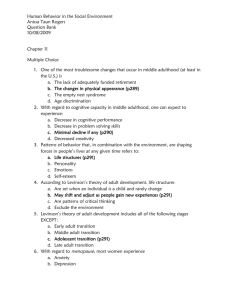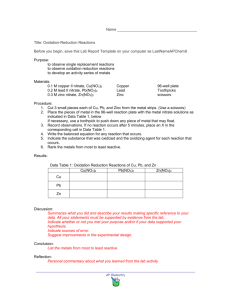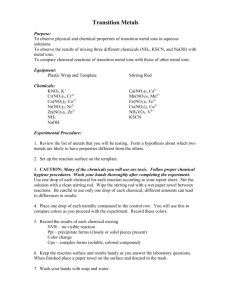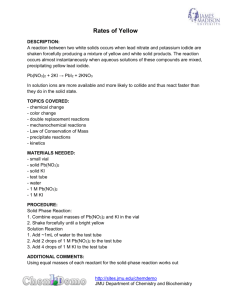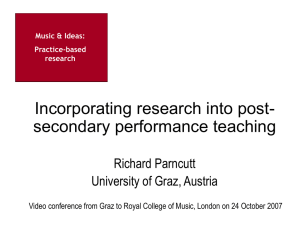Human Behavior in Social Environment Question Bank
advertisement
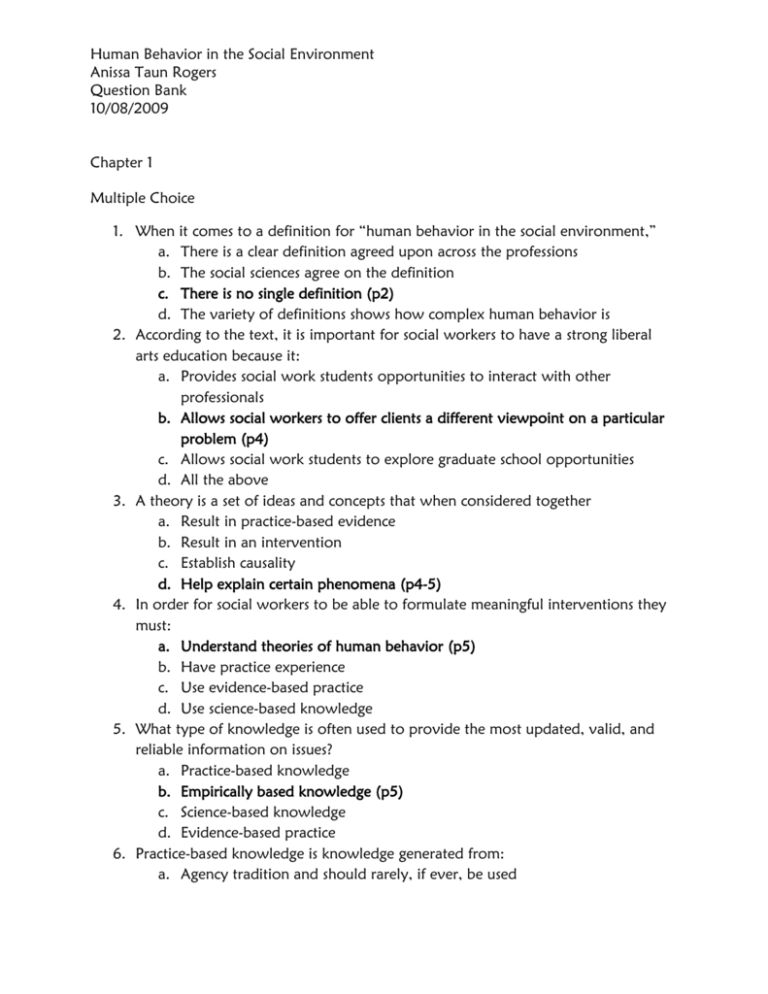
Human Behavior in the Social Environment Anissa Taun Rogers Question Bank 10/08/2009 Chapter 1 Multiple Choice 1. When it comes to a definition for “human behavior in the social environment,” a. There is a clear definition agreed upon across the professions b. The social sciences agree on the definition c. There is no single definition (p2) d. The variety of definitions shows how complex human behavior is 2. According to the text, it is important for social workers to have a strong liberal arts education because it: a. Provides social work students opportunities to interact with other professionals b. Allows social workers to offer clients a different viewpoint on a particular problem (p4) c. Allows social work students to explore graduate school opportunities d. All the above 3. A theory is a set of ideas and concepts that when considered together a. Result in practice-based evidence b. Result in an intervention c. Establish causality d. Help explain certain phenomena (p4-5) 4. In order for social workers to be able to formulate meaningful interventions they must: a. Understand theories of human behavior (p5) b. Have practice experience c. Use evidence-based practice d. Use science-based knowledge 5. What type of knowledge is often used to provide the most updated, valid, and reliable information on issues? a. Practice-based knowledge b. Empirically based knowledge (p5) c. Science-based knowledge d. Evidence-based practice 6. Practice-based knowledge is knowledge generated from: a. Agency tradition and should rarely, if ever, be used Human Behavior in the Social Environment Anissa Taun Rogers Question Bank 10/08/2009 b. Researchers c. Experience (p5) d. Universities 7. Science-based knowledge a. Is knowledge generated from practice experience b. Insures interventions will be effective c. Is not useful for direct practice d. Relies on experimental research (p5) 8. Evidence-based practice is a movement among social workers a. That establishes the effectiveness of social work interventions b. To use more scientific approaches (p5) c. To eliminate practice-based evidence d. All of the above 9. An eclectic practitioner is a social worker who: a. Works with a broad array of other professionals b. Is an effective at both administration and direct practice c. Utilizes ideas and concepts from several theories (p8) d. Works with several different client populations 10. In relation to how knowledge can be transmitted, what we learn from others is referred to as: a. Tradition (p11) b. Authority c. Institutional knowledge d. Professional knowledge 11. Which criteria for theory evaluation answers the question “Do the theory’s concepts explain the phenomenon in clear, simple, and straightforward terms?” a. Is it strong b. Is it parsimonious (p13) c. Is it functional d. Is it falsifiable 12. Which criteria for theory evaluation answers the question “Does it clearly explain how concepts are related to one another and to the phenomenon it is trying to explain?” a. Is it strong b. Is it parsimonious c. Is it functional (p13) Human Behavior in the Social Environment Anissa Taun Rogers Question Bank 10/08/2009 d. Is it falsifiable 13. The tendency to assume that what we experience can be universally applied to other people and circumstances is called: a. Lack of inquiry b. Biases and value judgments c. Problems with observations d. Overgeneralization (p13) 14. The tendency to impose our own values, inclinations, expectations, and experiences onto an event to help make sense of it derives from: a. Biases and value judgments (p13) b. Lack of inquiry c. Problems with observations d. Overgeneralization 15. When evaluating research, asking who is the intended audience refers to: a. Making sure other experts in the field have reviewed the findings b. Determining if the results are biased to serve the needs of a particular group (p14) c. Determining if the language seems biased d. Determining if the findings are meant to inform, teach, entertain, enlighten, sell, or persuade 16. When evaluating research, does the language seem subjective refers to: a. Is the information biased? (p14) b. Who is the intended audience? c. What is the author’s expertise? d. Have other experts in the field reviewed the information? 17. When evaluating research, is the information peer reviewed refers to: a. Determining if the results are biased to serve the needs of a particular group b. Assuring the validity of the research regardless of the audience c. Making sure other experts in the field have reviewed the information (p14) d. Determining if the findings are meant to inform, teach, entertain, enlighten, sell, or persuade 18. When it comes to understanding the many facets of the human experience, a. Social workers can never know enough (p15) b. Social workers need to understand all these facets in order to effectively work with clients Human Behavior in the Social Environment Anissa Taun Rogers Question Bank 10/08/2009 c. Social workers need to know just a couple theories that best describe human behavior d. All of the above Short Answer 19. Compare and contrast empirically based knowledge and practice-based knowledge. (p5) 20. Describe the debate over the use of theory in social work. (p5-6) 21. What are the pros and cons to the single theory argument? (p9-10) 22. What is the argument for eclecticism? (p10-11) 23. Describe the pitfalls of knowledge transmission through via tradition and authority. (p12) 24. Describe how to judge the usefulness of a theory. (p13) 25. List and describe some of the common errors that can affect the way research is developed, carried out, interpreted, and applied to human situations. (p13) 26. List and describe ways you could evaluate research. (p14)
